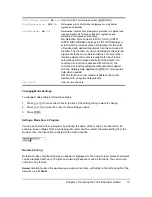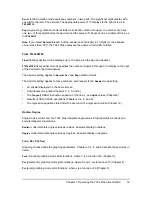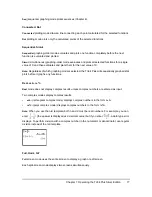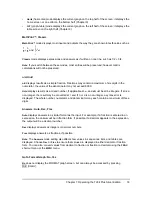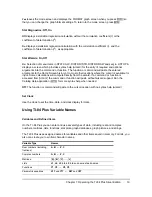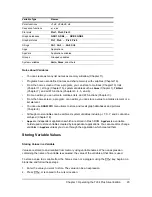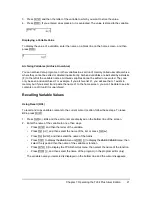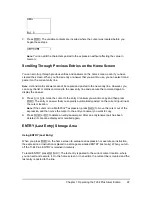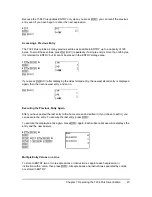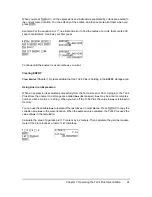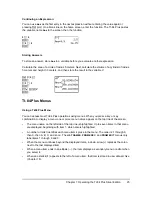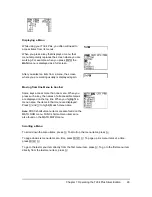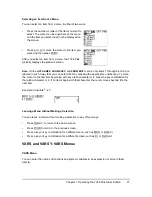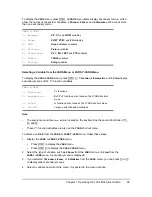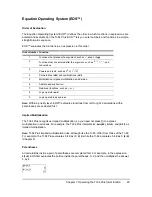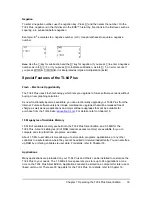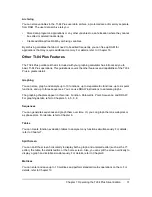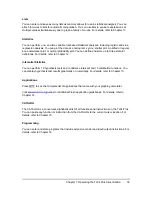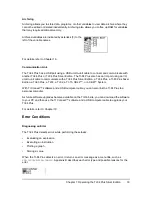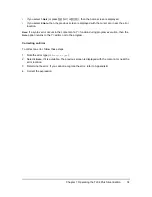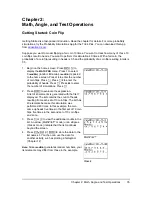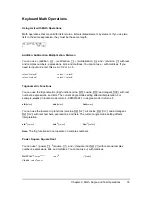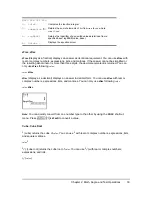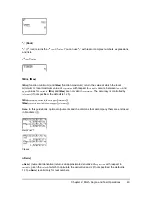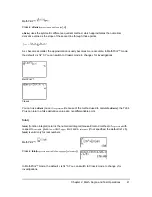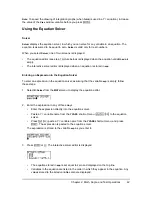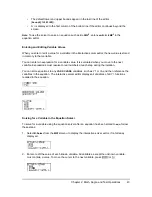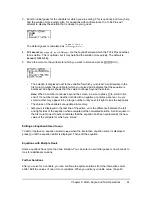
Chapter 1: Operating the TI-84 Plus Silver Edition
29
Equation Operating System (EOS™)
Order of Evaluation
The Equation Operating System (EOS™) defines the order in which functions in expressions are
entered and evaluated on the TI-84 Plus. EOS™ lets you enter numbers and functions in a simple,
straightforward sequence.
EOS™ evaluates the functions in an expression in this order.
Note:
Within a priority level, EOS™ evaluates functions from left to right. Calculations within
parentheses are evaluated first.
Implied Multiplication
The TI-84 Plus recognizes implied multiplication, so you need not press
¯
to express
multiplication in all cases. For example, the TI-84 Plus interprets
2
p
,
4sin(46)
,
5(1+2)
, and
(2
…
5)7
as
implied multiplication.
Note:
TI-84 Plus implied multiplication rules, although like the TI-83, differ from those of the TI-82.
For example, the TI-84 Plus evaluates
1
à
2X
as
(1
à
2)
…
X
, while the TI-82 evaluates
1
à
2X
as
1
à
(2
…
X)
(Chapter 2).
Parentheses
All calculations inside a pair of parentheses are completed first. For example, in the expression
4(1+2)
, EOS first evaluates the portion inside the parentheses, 1+2, and then multiplies the answer,
3, by 4.
Order Number Function
1
Functions that precede the argument, such as
‡
,
sin(
, or
log(
2
Functions that are entered after the argument, such as
2
,
M
1
, !,
¡
,
r
, and
conversions
3
Powers and roots, such as 2
5
or
4
Permutations (
nPr
) and combinations (
nCr
)
5
Multiplication, implied multiplication, and division
6
Addition and subtraction
7
Relational functions, such as > or
8
Logic operator
and
9
Logic operators
or
and
xor
5
x
32

